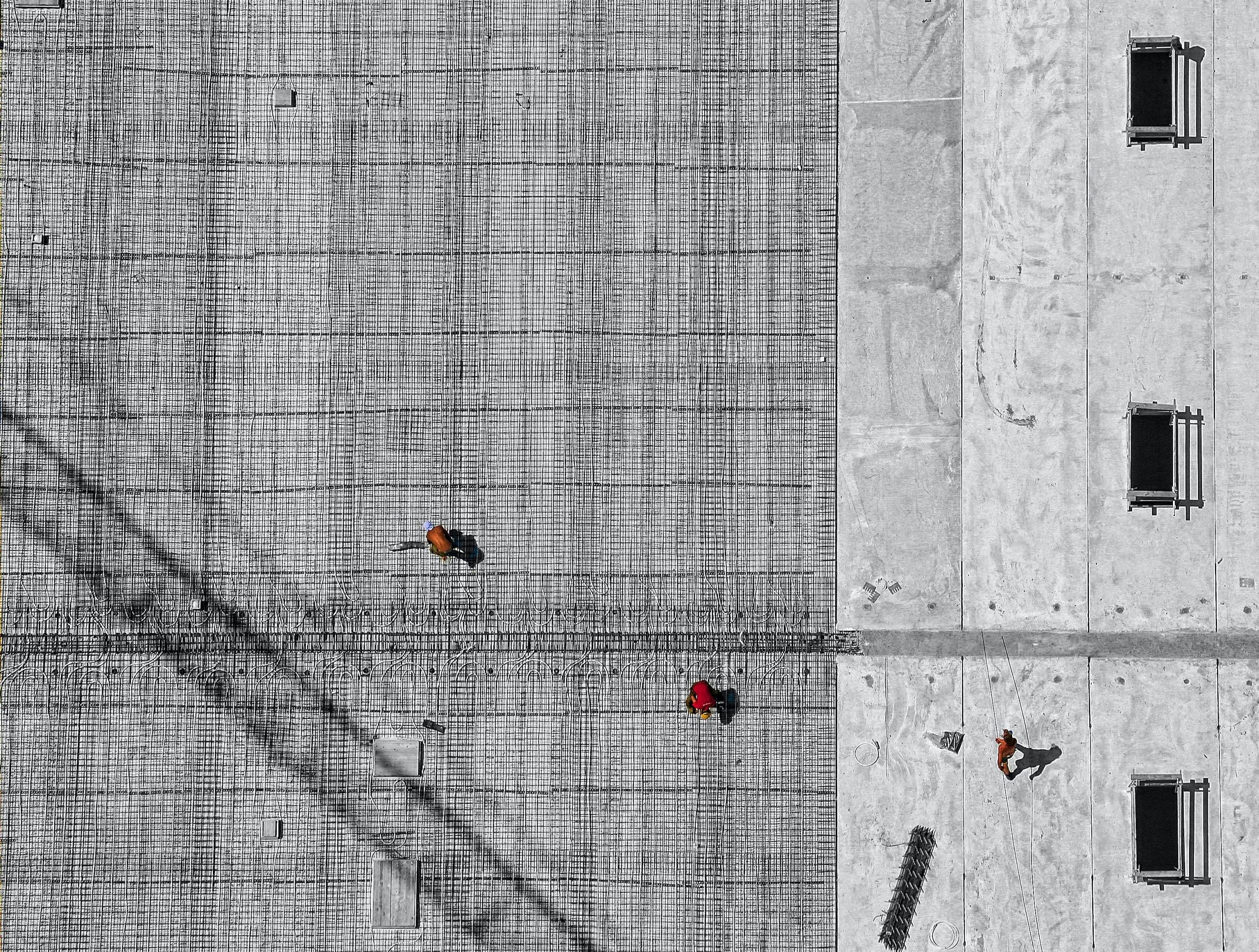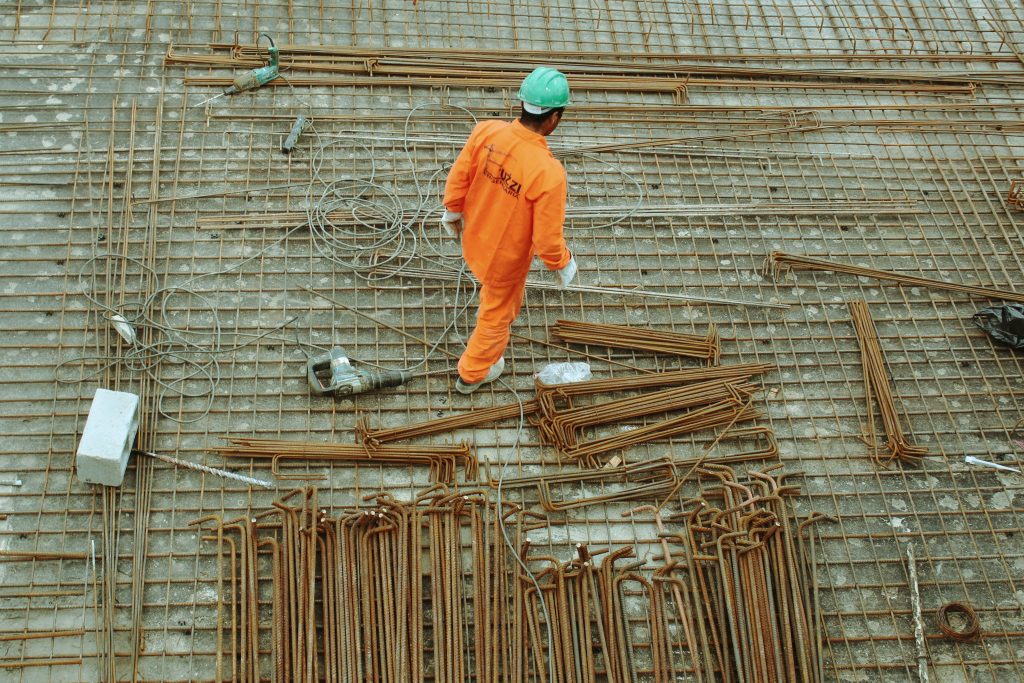Ah, the world of construction, where steel rules supreme! Picture towering skyscrapers, majestic bridges, and industrial marvels. Structural steel is the unsung hero that holds it all together. But here’s the million-dollar question: How long does structural steel last? Strap in, folks, because we’re about to embark on a riveting journey through the world of steel durability.
Factors That Influence the Lifespan of Structural Steel
You see, dear readers, steel isn’t immortal, but it sure knows how to put up a good fight. The longevity of structural steel depends on a slew of factors that can either be its best friend or its worst enemy. Let’s unravel this mystery, shall we?
Quality of Steel
Imagine this: You’re building a sandcastle, and you’ve got two buckets—one made of plastic and the other of sturdy steel. Which one do you think will last longer? The quality of the steel used in construction matters—a lot. High-quality steel, with its superior strength and resistance to corrosion, is like the superhero of the construction world.
Environmental Conditions
Ah, Mother Nature, the ultimate wild card! Structural steel might be tough, but it’s not invincible when faced with the elements. Extreme weather conditions, salty coastal air, and acidic environments can chip away at steel’s resilience. If you want your steel to have a long and happy life, consider its surroundings.
Maintenance Practices
Even steel needs a little TLC now and then. Neglect it, and it might throw a fit. Regular maintenance is the name of the game. Cleaning, repainting, and structural assessments can work wonders in extending the lifespan of your steel structures.
Design and Load
Have you ever tried balancing a stack of books on your head? Now imagine if those books were replaced with cars and office furniture. That’s what structural steel deals with daily—massive loads. The design of the structure and the loads it bears significantly impact the steel’s lifespan. Proper engineering and smart load distribution can make all the difference.
Coatings and Protection
We all need a shield to fend off life’s challenges, and steel is no different. Protective coatings like galvanization and paint provide a barrier against corrosion. Think of them as steel’s trusty armor, warding off rust and decay.
The Role of Corrosion
Ah, corrosion, the arch-nemesis of structural steel! Picture it as a stealthy villain, gradually weakening steel from within. Corrosion comes in different flavors—uniform, pitting, and crevice corrosion, to name a few. It’s like a slow, silent assassin, attacking steel when you least expect it. But fear not, dear readers! We’ve got tricks up our sleeves to combat this sinister force.
Moisture, Oxygen, and Contaminants
Corrosion thrives in the presence of moisture, oxygen, and contaminants. It’s like a party invitation for rust and decay. To battle corrosion, we must keep these malevolent elements at bay. Proper storage, ventilation, and moisture control can help tip the scales in steel’s favor.
Preventive Measures
What do knights do when faced with a dragon? They suit up! In the world of structural steel, that means galvanization and painting. Galvanization involves coating steel with a layer of zinc, creating a protective shield. Painting, on the other hand, adds a splash of color while providing a formidable defense against corrosion.
Steel Grade and Its Impact on Longevity
Not all steel is created equal, my friends. Steel grade selection plays a pivotal role in determining how long your structure will stand tall. Think of it as choosing between a sturdy oak tree and a flimsy sapling. Check out Structural Steel Detailing, Precast Drafting and Rebar shop drawings pages.
Comparing Steel Grades
There’s a whole alphabet soup of steel grades out there—A36, A572, A992, just to name a few. Each comes with its unique properties and durability levels. Higher-grade steel tends to have better resistance to corrosion and can withstand the test of time better than its lower-grade counterparts.
Maintenance and Inspection
Imagine a doctor checking your vital signs to ensure you’re healthy. Well, structural steel needs check-ups too! Regular maintenance and inspections are the steel doctor’s orders.

Identifying Issues
Spotting potential issues early can save you a world of trouble. Keep an eye out for rust, paint peeling, or structural deformities. These are red flags that something might be amiss. When in doubt, call in the experts for a thorough inspection.
Maintenance Tasks
Maintenance tasks might not sound exciting, but they’re vital for steel’s well-being. Cleaning away dirt and debris, repainting to maintain the protective coating, and conducting structural assessments are all part of the steel maintenance regimen.
Case Studies
Enough theory—let’s look at some real-world examples of structures that have stood the test of time thanks to steel’s durability.
Golden Gate Bridge
The iconic Golden Gate Bridge in San Francisco is a testament to steel’s endurance. Opened in 1937, this suspension bridge still stands strong, thanks to diligent maintenance and a high-quality steel structure.
Eiffel Tower
The Eiffel Tower in Paris, France, has graced the skyline since 1889. Its intricate lattice of steel beams has weathered the years with grace, captivating visitors from around the world.
Future Trends in Steel Durability
The world of construction is ever-evolving, and steel is no exception. Let’s take a sneak peek into the future of steel durability.
Emerging Technologies
Cutting-edge technologies are revolutionizing the way we protect and enhance steel’s lifespan. From advanced coatings to corrosion-resistant alloys, the future looks bright for structural steel.
Sustainable Practices
In an era of eco-consciousness, sustainable practices are taking center stage. Using recycled steel, eco-friendly coatings, and environmentally responsible production methods not only extend steel’s longevity but also reduce its environmental footprint.
In the grand symphony of construction, structural steel plays a vital role. So, how long does structural steel last? The answer lies in understanding its strengths, vulnerabilities, and the factors that influence its longevity. With proper care, high-quality materials, and a dash of innovation, structural steel can continue to stand tall for generations to come. For infomation visit Steel.org.au.
FAQ Section
Can structural steel last indefinitely?
While structural steel can have a long lifespan, it is not indefinite. Proper maintenance and environmental factors play a significant role in determining how long it lasts.
How does corrosion affect the durability of structural steel?
Corrosion is a major threat to steel durability, as it can weaken the material over time. Regular inspections and protective measures can mitigate its impact.
Is the grade of steel used crucial for longevity?
Yes, the choice of steel grade is critical. Higher-grade steel often has better corrosion resistance and can extend the lifespan of structures.
What are some signs that structural steel may need maintenance?
Signs of potential issues include rust, paint peeling, or structural deformities. Regular inspections can help identify these signs early.
Are there sustainable practices that can enhance steel durability?
Yes, sustainable practices in steel production and maintenance, such as using recycled steel and eco-friendly coatings, can contribute to longevity while reducing environmental impact.

